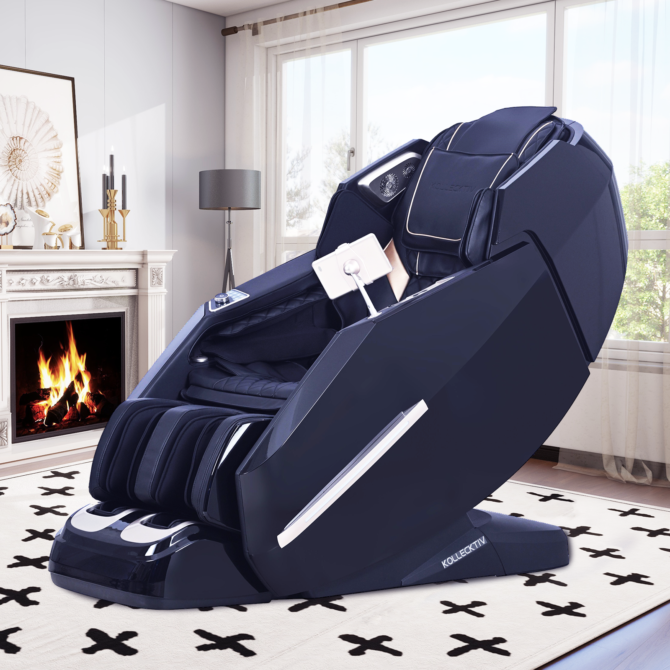Mimicking the Human Touch: The Ingenious Technology Behind Massage Chairs

Massage chairs have evolved into sophisticated devices that go beyond mere mechanical movements, striving to simulate the nuanced and intricate sensations of human touch. Understanding how these chairs replicate the human touch experience involves delving into the cutting-edge technology that propels their functionality.
**1. Roller Systems and 3D Mechanisms:
At the core of a massage chair’s ability to simulate human touch is the intricate design of its roller system. Early models incorporated 2D technology, allowing rollers to move up and down and side to side. Modern massage chairs have progressed to 3D mechanisms, introducing depth adjustments that mimic the varying pressure levels applied during a human massage. This dimensional versatility allows the rollers to closely replicate the dynamic nature of skilled human hands.
**2. Sensors and Body Scanning Technology:
The human body is diverse, with varying shapes, sizes, and pressure point sensitivities. To cater to this diversity, advanced massage chairs are equipped with body scanning technology. Utilizing sensors, the chair maps the user’s body, identifying key pressure points and contours. This information guides the massage chair in delivering a personalized and targeted massage experience, ensuring that each individual receives optimal relief and relaxation.
**3. Airbags for Dynamic Compression:
Beyond the rollers, massage chairs incorporate airbags strategically placed throughout the chair’s structure. These airbags inflate and deflate in a rhythmic manner, providing a compression massage that emulates the gentle pressure applied during human touch. This dynamic compression helps improve blood circulation, reduce muscle tension, and enhance the overall therapeutic effect.
**4. Kneading, Tapping, and Shiatsu Techniques:
Massage chairs offer a repertoire of techniques designed to replicate various aspects of human touch. Kneading, tapping, and shiatsu techniques are among the most popular. Kneading imitates the circular motions of a masseuse’s hands, tapping mimics percussive movements, and shiatsu replicates the pressure point stimulation characteristic of traditional Japanese massage.
**5. Variable Speed and Motion Control:
The human touch is inherently dynamic, and massage chairs emulate this dynamism through variable speed and motion control. Users can customize the speed and rhythm of the massage, allowing them to tailor the experience to their preferences. This level of control adds a layer of personalization, making the massage chair feel more responsive and attuned to individual needs.
**6. Heating Elements for Warmth:
Human touch often brings a comforting warmth, and massage chairs incorporate heating elements to replicate this sensation. The gentle warmth enhances muscle relaxation, soothes stiffness, and contributes to an overall sense of well-being. This feature is particularly beneficial for individuals seeking relief from chronic pain or tension.
**7. Programming for Realistic Sequences:
To further simulate the human touch experience, massage chairs are programmed with realistic sequences. These sequences mimic the flow and rhythm of a professional massage, seamlessly transitioning between different techniques and intensities. This programming creates a more authentic and immersive massage session.
In conclusion, the ingenious technology behind massage chairs revolves around replicating the intricacies of human touch. From advanced roller systems and body scanning technology to dynamic airbags, variable speed control, and realistic programming, these chairs are designed to provide a holistic and personalized massage experience. As technology continues to advance, massage chairs are poised to become even more sophisticated, offering users an increasingly lifelike and therapeutic alternative to human touch.


